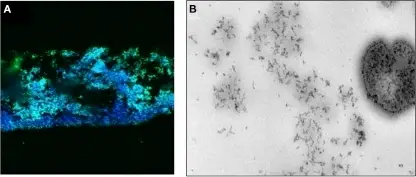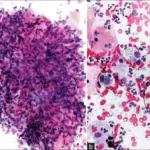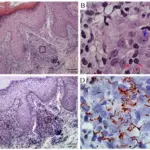Neisseria gonorrhoeae is a bacterial pathogen responsible for gonorrhea.
What is the Pathology of Neisseria Gonorrhoea?
The pathology of neisseria gonorrhoeae is:
-Etiology: The cause of neisseria gonorrhoeae is bacteria.
-Genes involved: Not applicable.
-Pathogenesis: The sequence of events that lead to neisseria gonorrhoeae shows that gonococci attach primarily to columnar and cuboidal epithelium. After 24-48 hours, they penetrate between and through the cells to reach the submucosal tissues where they stimulate a marked neutrophilic response resulting in sloughing of the epithelium, microabscess formation, and the exudation of pus.
-Morphology: The morphology associated with neisseria gonorrhoeae shows acute suppurative reaction, inflammation within mucosa and submucosa only.
-Histology: The histology associated with neisseria gonorrhoeae shows gram negative, non spore forming, nonmotile bacterium.
How does Neisseria Gonorrhoea Present?
Patients with neisseria gonorrhoeae typically are all genders at the age range of 20 and 24 years. The symptoms, features, and clinical findings associated with neisseria gonorrhea include an urge to urinate frequently, heavier periods or spotting, discharge from the vagina, pain or burning sensation while urinating.
How is Neisseria Gonorrhea Diagnosed?
Neisseria gonorrhoeae is diagnosed by urine test, and swab test.
How is Neisseria Gonorrhea Treated?
Neisseria gonorrhea is treated by antibiotics ceftriaxone, and azithromycin.
What is the Prognosis of Neisseria Gonorrhoea?
The prognosis of neisseria gonorrhoeae is good. However, untreated gonorrhea can cause serious and permanent health problems in both women and men.



